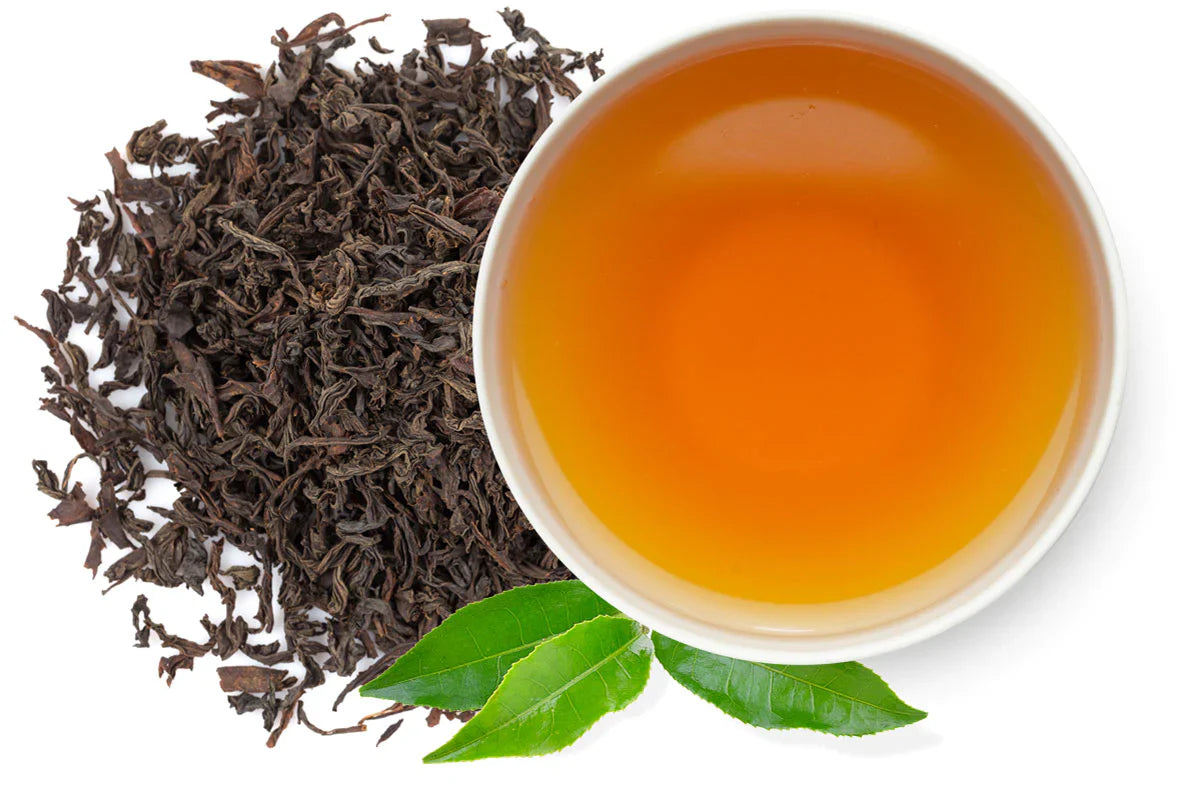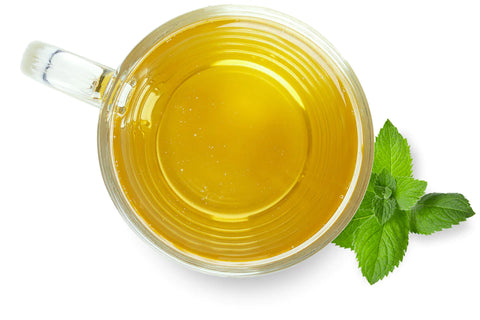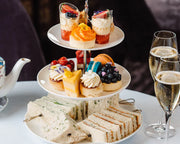Tea Glossary - Types Of Tea
The world of tea is boundless, with thousands of different types of teas and herbal infusions consumed dail...

The world of tea is boundless, with thousands of different types of teas and herbal infusions consumed daily across the world. Here’s a guide to our favourite brews.
BLACK TEA
Produced using the leaves of the Camellia sinensis
plant, black tea is the most commonly consumed tea in the world. Compared to other teas (green, white, oolong), black tea is the most oxidised, a process where the leaves are fermented until they turn a dark brown colour. The result is a rich, full-bodied drink that can vary depending on its origin, type and grade. Popular types of black tea include English Breakfast, Darjeeling and Ceylon.

GREEN TEA
Also derived from the Camellia sinensis plant, green tea is the drink of choice in China and Japan, where more than 500 varieties of green tea are produced. Green tea is treated to less oxidisation than black tea. Heat is applied to halt the oxidation process, allowing the leaf to retain its green colour. This increases the “green” characteristics of the tea, resulting in a light-bodied, vegetal and fragrant drink. Popular types of green tea include Matcha, Sencha and Genmaicha.

WHITE TEA
This delicate tea was traditionally produced using only the youngest buds of the Camellia sinensis plant. Today, the term ‘White Tea’ applies to tea that has been plucked and dried with minimal processing. The leaves are dried naturally, or with the help of fans, to eliminate some of the moisture. White tea’s flavour is light-bodied, subtle and refreshing. White tea contains less caffeine than black and green tea.

CHAI TEA
“Chai” or “Cha” is the Indian word for "all types of tea", however the term Chai is commonly used around the world to define the blending of black tea and spices. Chai tea often includes a mixture of black tea, ginger, cinnamon, cardamom and cloves. These spices are carefully selected and blended to complement the flavour of the black tea, making for a warm, fiery and refreshing hot drink.

CAMOMILE
A popular caffeine-free herbal infusion, Camomile is derived from the daisy-like flowers of the Asteraceae family of plants. This medicinal plant is widely used for natural remedies, however it is most commonly consumed as a humble cup of tea. Major health benefits include its ability to protect the skin, lower stress levels, induce sleep and reduce menstrual cramps. Camomile herbal infusions are light bodied, with a yellow, sparkling hue and a mellow, earthy flavour.

PEPPERMINT
Of all the herbal infusions, Peppermint is the most widely consumed in the world. Brewed using the dried leaves of the peppermint plant, it is thought to soothe stomach upsets, help reduce sinus problems and act as a natural painkiller for headaches. Bright and refreshing in flavour, peppermint herbal infusions have a calming effect and are most commonly consumed in the evenings before bed.

ROSEHIP
Long before roses were admired for their beauty, the flower was traditionally used medicinally. Rosehip is brewed with the dried fruit and seeds of the wild rose plant. This subtly sweet, tangy herbal infusion is incredibly high in vitamin c, making it a wonderful immune booster.

ROOIBOS
Pronounced "royboss", this herbal infusion is caffeine free, despite its striking resemblance to the look and taste of black tea. Meaning “red bush”, it is derived from the Fabaceae family of plants, native to South Africa. Packed with antioxidants and anti-inflammatory properties, it has a naturally sweet flavour that can also be smoky, woody, floral and caramel-like. It can be enjoyed with or without milk.

HIBISCUS
This caffeine-free herbal infusion is derived from the deep magenta-coloured sepals of the roselle (Hibiscus sabdariffa) flower. Hibiscus has been used in traditional medicine for centuries and has reputed benefits in controlling blood pressure and cholesterol. Hibiscus herbal infusions can be enjoyed hot or cold, and has a tangy, floral flavour.


